Just wanted to post a good article on the event from Uptown News in San Diego!
http://sduptownnews.com/two-scientists-walk-into-a-bar/
Your Custom Text Here

Just wanted to post a good article on the event from Uptown News in San Diego!
http://sduptownnews.com/two-scientists-walk-into-a-bar/

The "two scientists walk into a bar" event last Thursday was fantastic, both for the scientists and for the public. I only saw my own part of the broader event, but by all reports it was an incredible success, and it certainly was at my location.
Probably the most satisfying part of the evening was the numerous people who a) came specifically for this event, and b) who had no specific questions, but just wanted to learn more about what scientists do and why we love it.
I was also fortunate to have Steve Snyder, the new Executive Director of the Reuben H. Fleet Science Center, visit our location during the event, and am impressed with his dedication to his adopted city and the effort to interface with the public. We also had a great visit with reporters from the Uptown News.
In short, this was a blast, and I look forward to representing USD at future events (and teaching everyone why Fundulus is the greatest fish around).
There are a few podcasts that I listen to during my (admittedly short) commute or while traveling, and while I generally keep the focus here on science, outreach, and USD, I feel like I should share some of these on occasion, since finding good media to consume is not always easy.
Today I wanted to put in a plug for Sawbones, a podcast that is part of the maximumfun.org network. In it, Dr. Sydnee McElroy and her husband Justin spend a half hour or so talking about the history of some medical procedure/illness/topic. These have ranged from things like tuberculosis to self-surgery. It is one of those shows that is smart and funny, and once I discovered it I quickly downloaded all of the past episodes.
You can subscribe on iTunes, using your favorite podcatcher, or just go to their site by clicking on the picture above...it is (medical) science with a side of funny.

The Reuben H. Fleet Science Center is organizing a really interesting, city-wide event for thursday March 20th. Called "two scientists walk into a bar", they will be putting pairs of scientists (including yours truly) in local pubs, with a sign that says "We are scientists - ask us anything!" The idea is to get the public involved in discussion about science generally, and it promises to be a lot of fun.
For more information, click here.
But I am back, with a vengeance. This promises to be another exciting semester - projects on islands in the Gulf of California; Director of the Sustainability LLC on campus; mapping local wetlands, and enjoying watching my daughter turn 7!
stay tuned....

an image from one of the greatest camping trips ever...
fundulus.net updates
on the border
As part of our continuing exploration of environmental, social, and fiscal implications of sustainability, a group of University of San Diego students used last Saturday to explore the Tijuana River Valley. We started with a visit to Wild Willow farm, a small organic farm operated in the flood plain of the Tijuana river. It was a very interesting visit, and we learned a lot about both how small-scale farming works and the issues related to operating in an area with a lot of migrants crossing.
From there it was off to the Tijuana River National Estuarine Research Reserve, where Chris Peregrine from State Parks talked to us about the challenges and the benefits of operating a wetland reserve where >2/3 of the watershed is in Mexico. We got to go see these important and threatened ecosystems, and had lunch at the Visitor's Center.
Finally, we headed up to Friendship Park, the small park on the border that was closed during construction of the new fence. From there you get a sweeping view of the estuary, as well as parts of Tijuana, making it an ideal spot to discuss some of the social and environmental issues that intertwine here. What made this even better was being able to talk both to Agent Kris Strickland of the Border Patrol and Enrique Morones from Border Angels (a non-profit dedicated to reducing the number of migrant deaths while crossing the border). Each of them clearly view the border issues differently, yet both stressed the need for education and compassion, and it was gratifying to see how much common ground there is when reasonable people discuss even a contentious issue.
In short, we packed a lot of learning and broadening of perspective in a single day, which is what undergraduate education is all about. Thanks to everyone who worked so hard to make this possible!
last weekend a group of our students who are part of the sustainability LLC investigated issues around fisheries, food security, and San Diego. We started the trip with a visit to the docks - once a bustling center of a vast tuna fleet, now a small (but still vibrant) home to local fishers. Last saturday, the docks were loaded with hundreds of lobster traps, as the commercial lobster fishery prepared for the season opening. Our group was met by Pete Halmay, "The Urchin King", who is a key figure in the city's fishing industry. Pete explained how local fisheries can be highly sustainable and ecologically healthy, and made a compelling case for eating locally and smart when it comes to seafood. While we were there we got to visit his boat, Fish Addiction, which not only sells fresh catch of the day every weekend, but supplies many of our local restaurants with live urchin.
We were then given a talk by the other Dr. Talley, who told us about a project she and Adina Batnitzky from USD are working on, trying to (re)connect the City Heights Somali community with fresh, sustainable seafood.
Finally, we went to The Fish Market restaurant, where we enjoyed browsing the selection of local (and not-so-local) seafood, and sat down as a group to a delicious lunch.
The outing was a lot of fun and enlightening (not to mention delicious), thanks to the enthusiasm and hard work of Drs. Fisher, Duraij, our preceptorial assistants, students, and of course Pete!
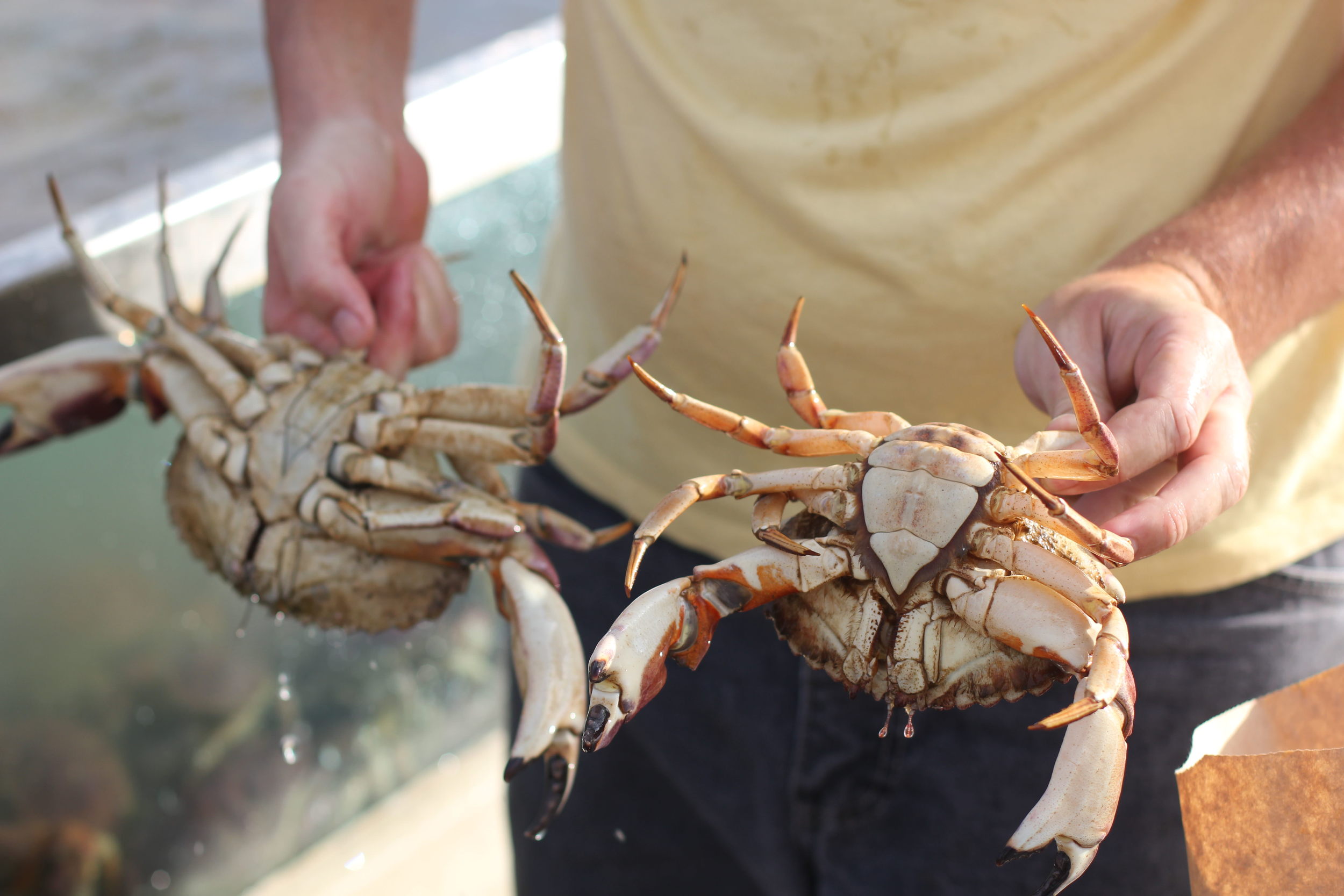
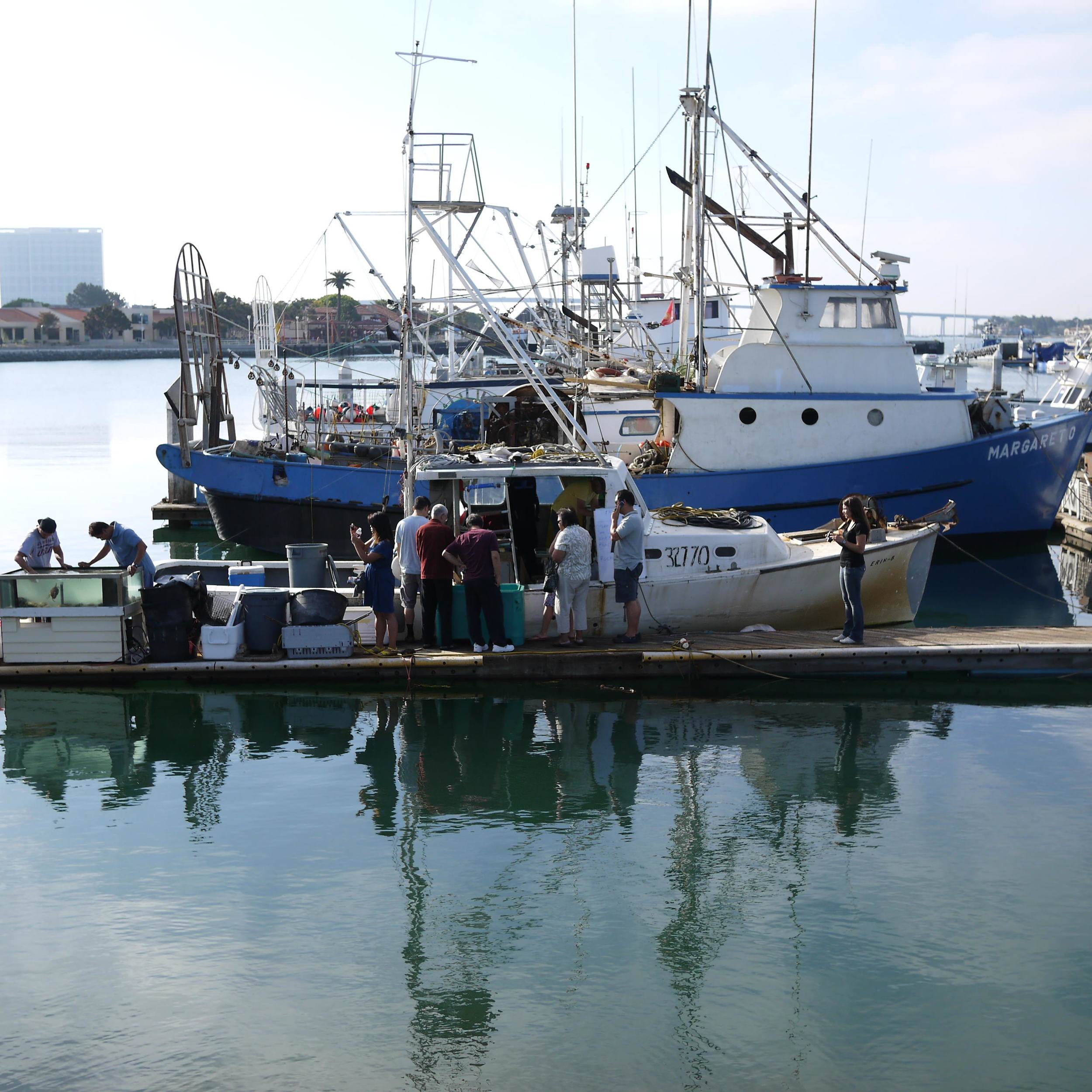

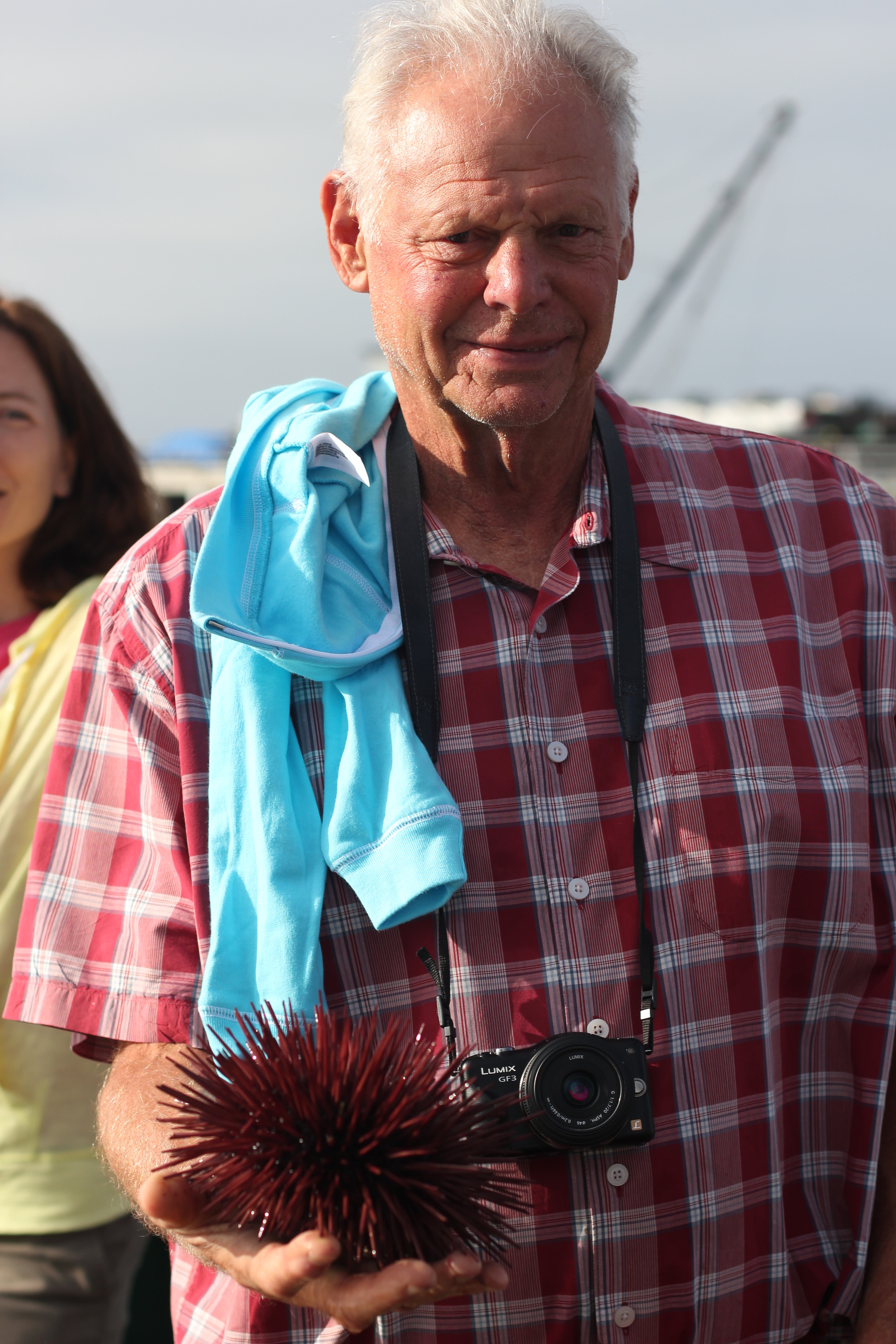

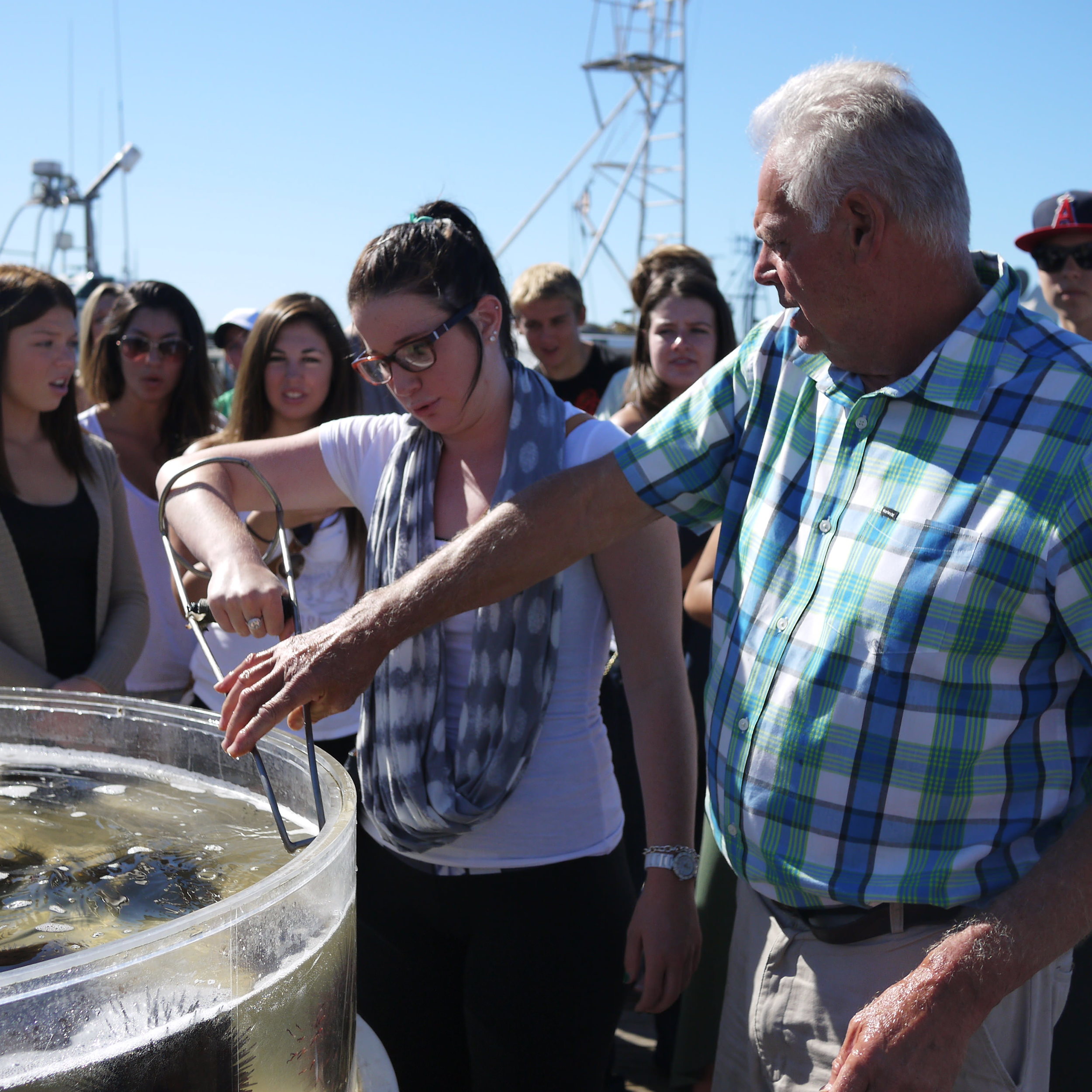
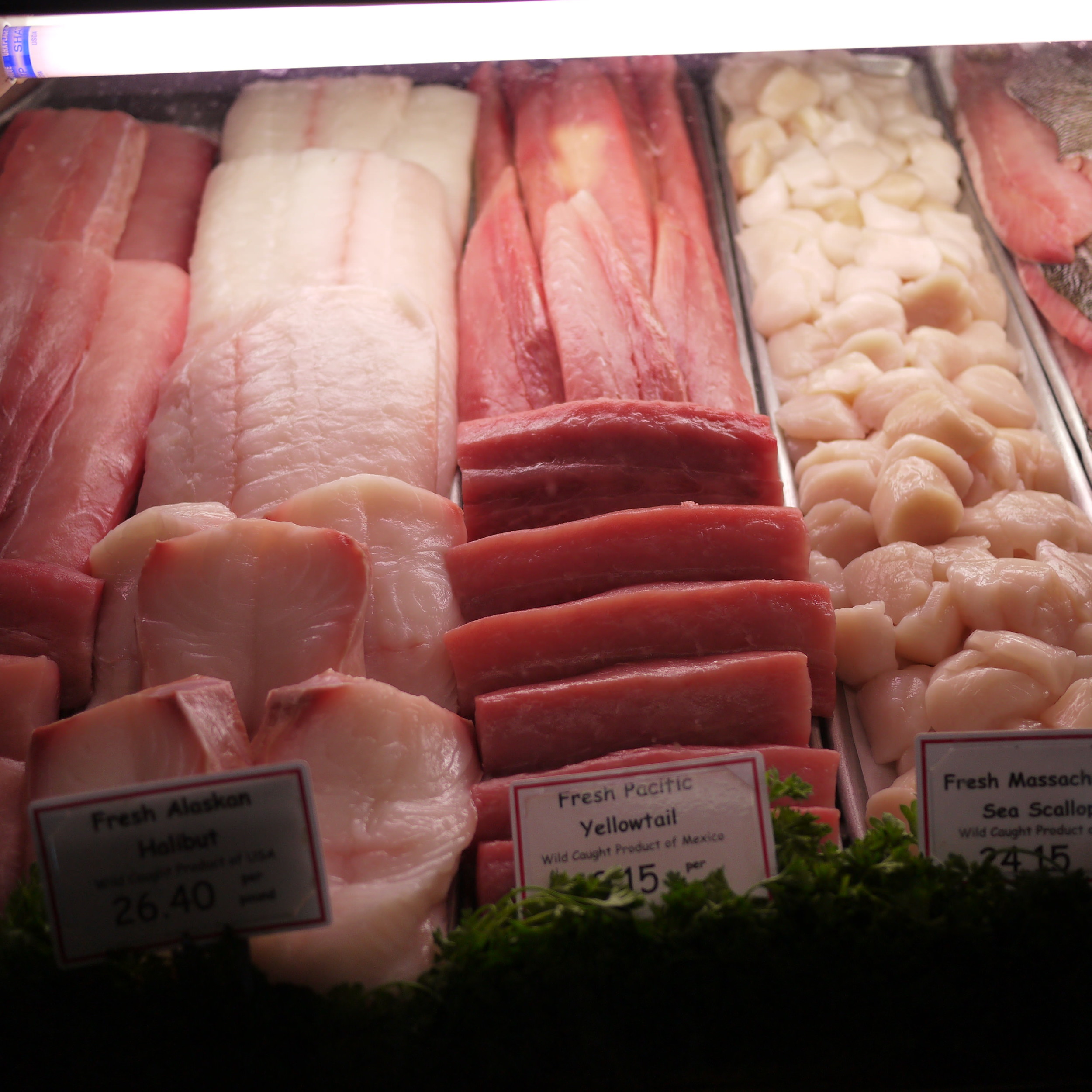
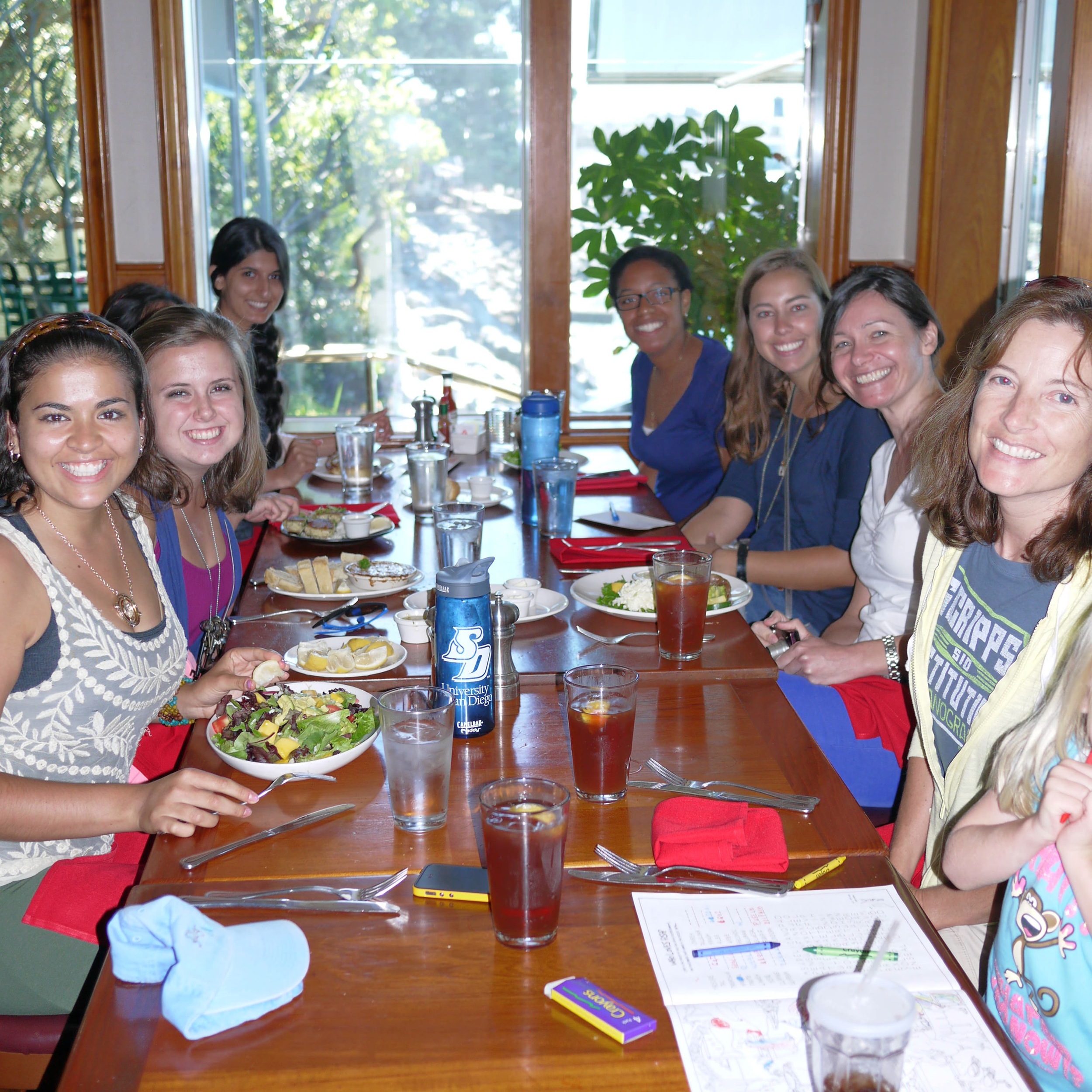
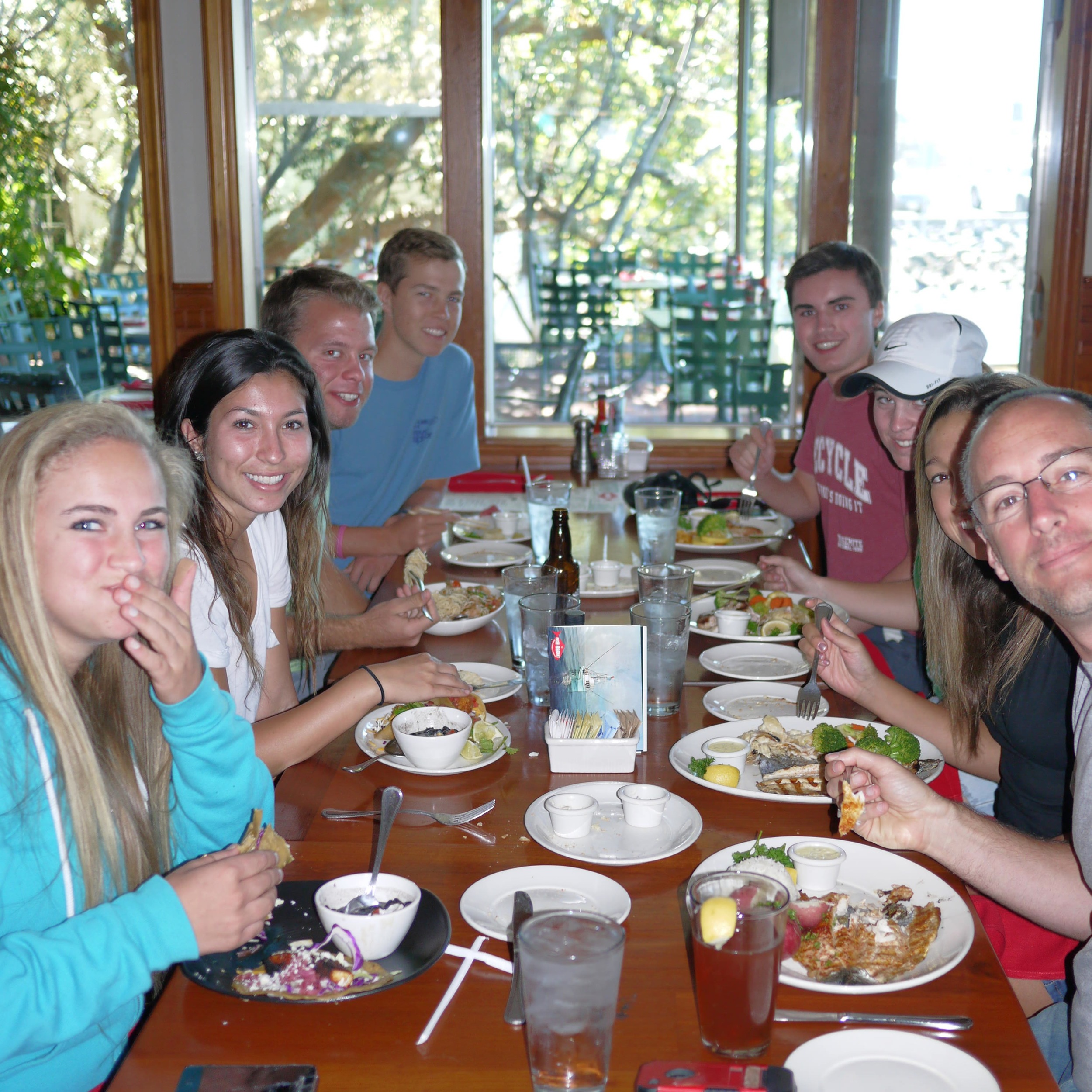

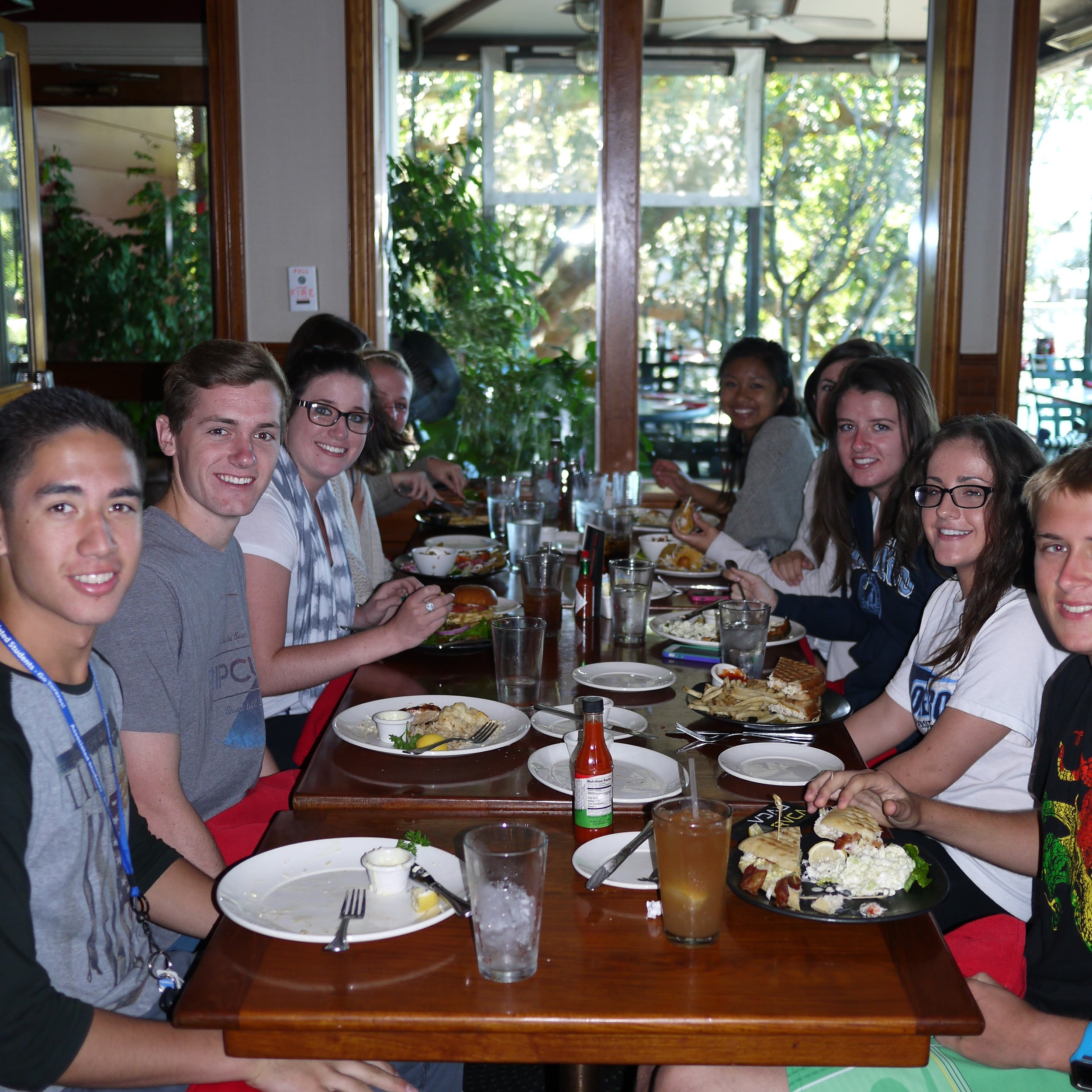
I had the honor of meeting Al Gore at a recent Ocean Discovery Institute event, and even got the chance to do so with the (incredible) new Dean of University of San Diego's College of Arts and Sciences, Noelle Norton. A wonderful experience, and he is clearly a man who values education, diversity, and the sciences.
Regrettably, I do not have a picture I can put up of myself with Mr. Gore, so instead here I am with one of our Ocean Discovery Institute Ocean Leaders, and you will have to imagine that she is him.

me and Al Gore (standing in for Mr. Gore is Khanchi Dam)
We had our annual research cruise for Biological and Geological Oceanography here in the Marine Science & Environmental Studies department, and this year was a new collaboration with the Sea Education Association. It was a phenomenal couple of days at sea - the students got to participate in all aspects of both sailing and research, from deploying neuston nets to setting the sails; we saw lots of great marine life (whales, dolphins, pteropods, and more); and we got to meet Brad Perry from KUSI news.
SEA is a fantastic program, and everyone there, from the captain and chief scientist to the stewards and deck hands was enthusiastic, knowledgeable, and eager to share information about the ship, the physics/biology, and the history of sailing and oceanography. Plus, fresh-baked bread for our sandwiches? Crazy.
These pictures give a little taste of what the trip was like, but cannot do justice to what a great experience it was for our students, and how fun it is to be doing science on this ship. Now I look forward to analyzing the data and seeing what we find.
After a summer full of travel, research, and fun, the lab is now gearing up for the fall (and feeling a little empty!).
Alex Blanco is still working away at his samples, but it seems like a very interesting picture is developing about how and where the Venerupis philippinarum are invading in Mission Bay. And Polly has a great set of photos and data for us to integrate into a field guide to San Diego fouling communities, which I hope will be used by local biologists, students, and the public.
Our Biological Oceanography course will be heading to sea in mid September to do some research on the SSV Robert C. Seamans, a beautiful tall ship (a brigantine) that the Sea Education Association uses. We will be accompanied by the Geological Oceanography class, and it promises to be a great trip.
I also am fortunate to be in an amazing Preceptorial course - the class is Life in the Oceans, and at the risk of sounding hyperbolic, everything is phenomenal about this class. We have a wonderful Preceptorial Assistant (Maria), are part of a great Living Learning Community (Sustainability), and have some really exciting field trips and activities planned for the semester. I went over to campus today to meet some of the students and their families as they moved in, and I was uniformly impressed with how eager and excited everyone was.
So, the updates on the science and classes will be more regular for the next few months - stay tuned!
There is a great group from Smithsonian Environmental Research Center (SERC) taking over my lab to analyze fouling plates. It is great to see the lab so full of activity, and to get a look at so many fascinating organisms (see pictures below). It is an added bonus that SERC was willing to hire two of our (wonderful) undergrads (Alex and Polly) to help out during the project. In fact, the organism photos below were taken by Polly, who is working on helping to create a field guide to local fouling community organisms.
Special thanks to our recent graduate and new SERCster Brianna Tracy for helping out so much while I am in CT!
an ever-growing species list
controlled chaos


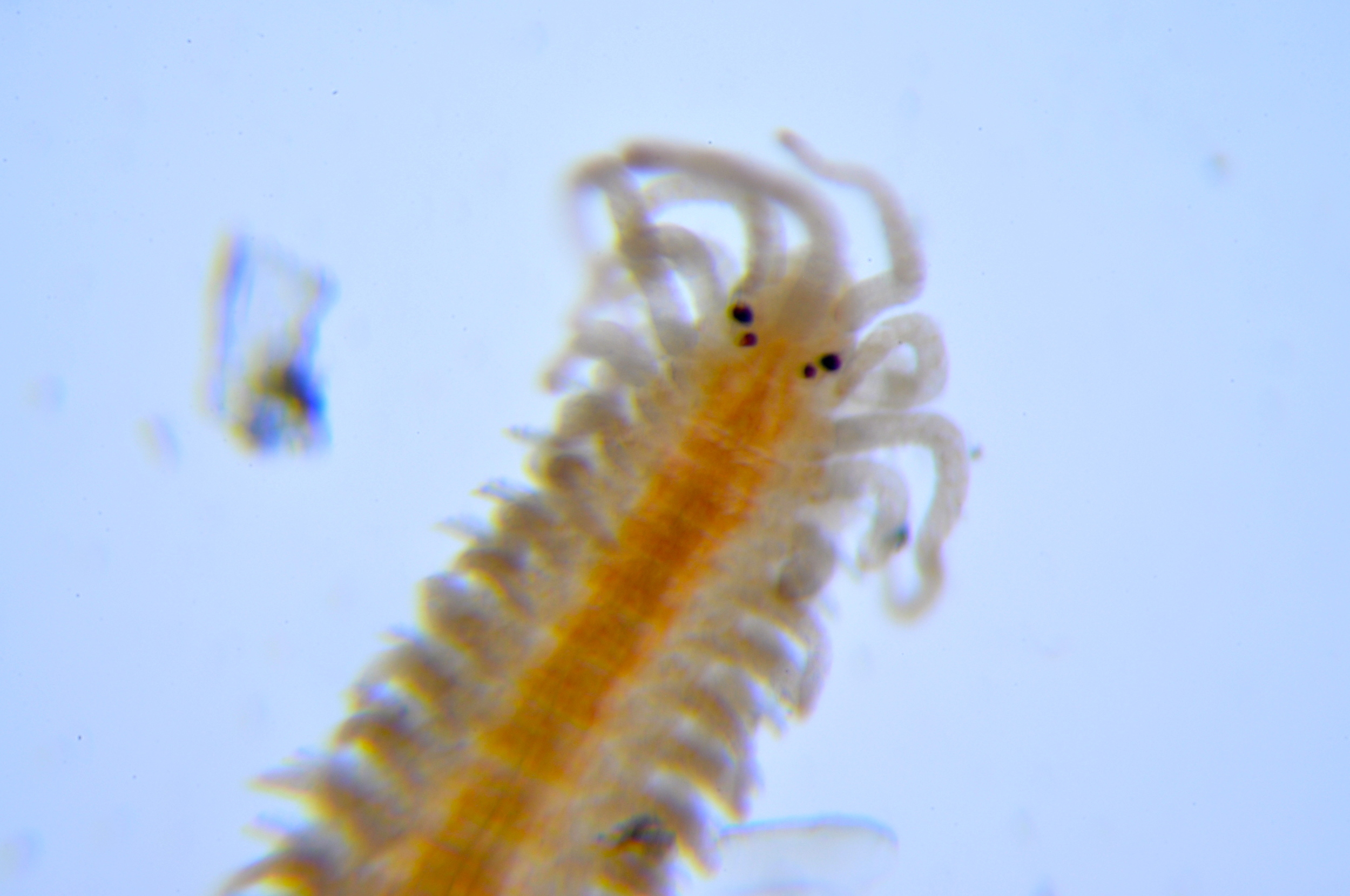

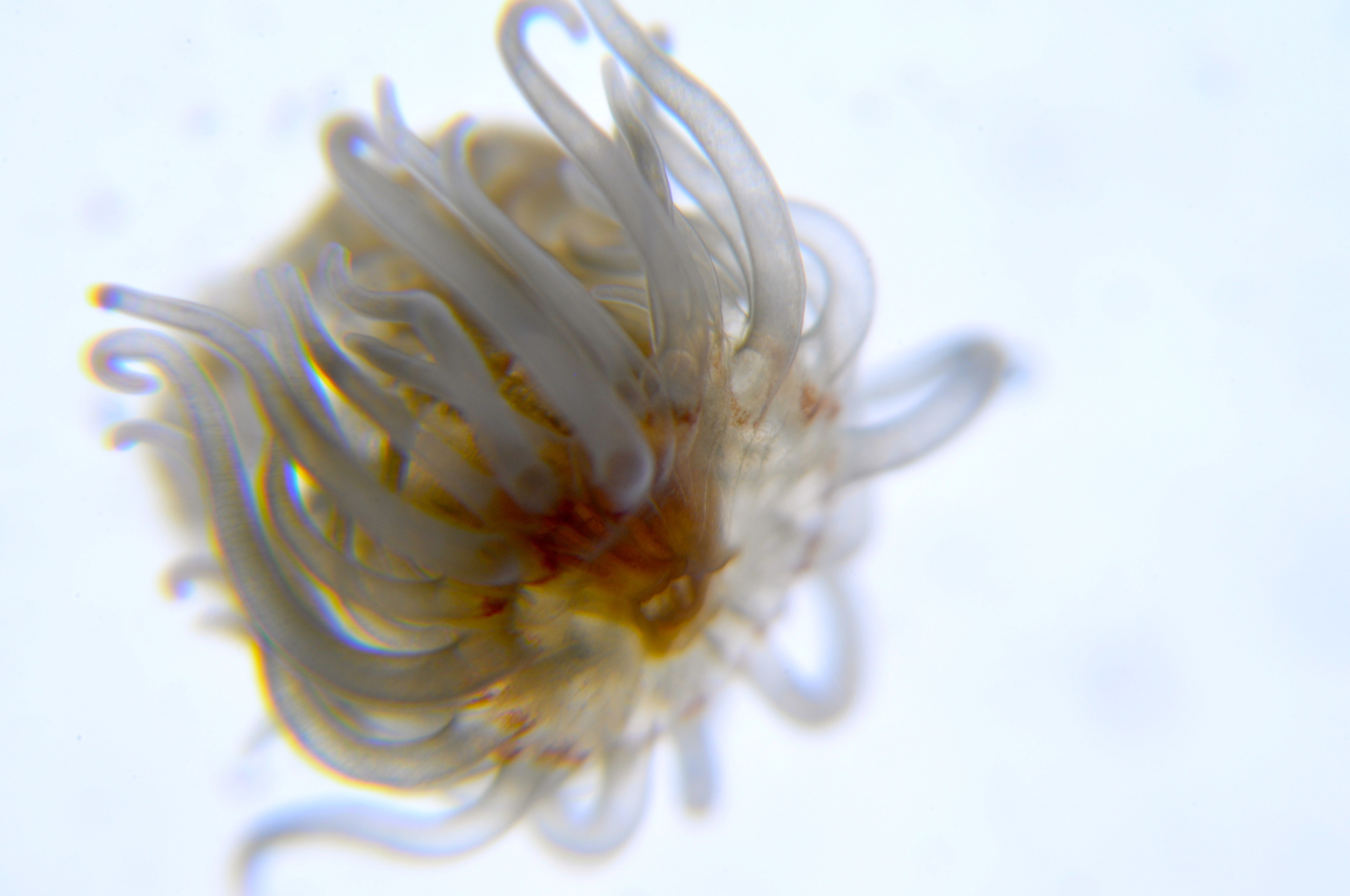
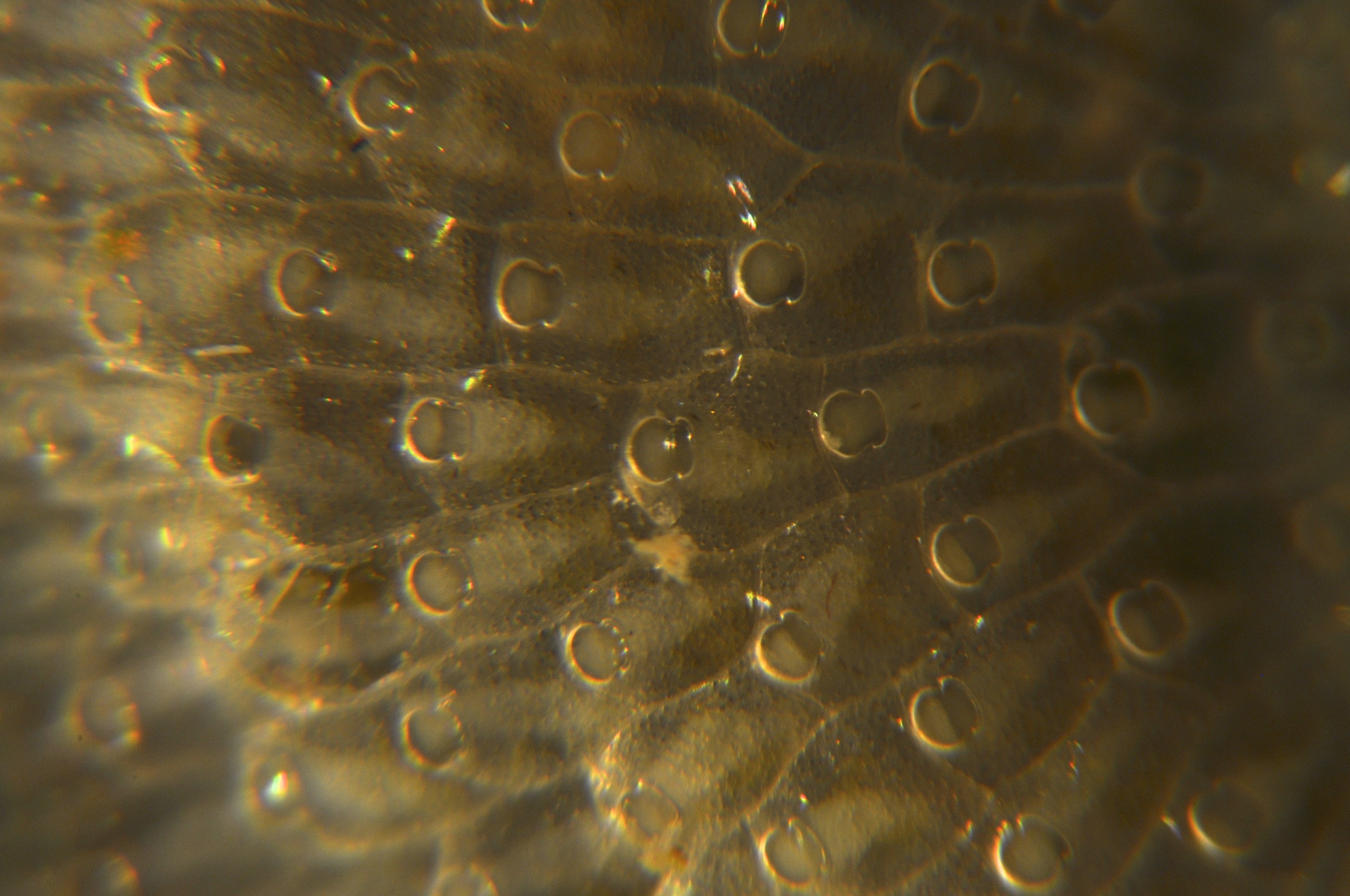
Some brief updates on the lab's adventures so far this summer:

1. I was accompanied by my daughter's "blue eyed ducky" on the trip into Mexico - she figures prominently in many photos.
2. Accompanied by an Ocean Discovery Institute Fellow (Rosa), Ocean Discovery Institute staff (Carla), two of my graduate students from USD (Anai and Liz), and an undergrad from University of New Mexico's Minority Access to Research Careers program (Larisa), we headed down to Bahia San Quintin for some sampling of the bivalve communities (including "sampling" some oysters).
3. After a few days of that, we drove south (stopping to enjoy some fossil beds and cave paintings) and arrived in Bahía de los Angeles, meeting up with more of my crew for Island research (Joel), the Sea Turtle research group (including Dr. John Wang and Ocean Discovery Institute Executive Director and researcher Shara Fisler), wetland scientist Dr. Christine Whitcraft, Meteorologist Jim Purpura, and other staff who somehow manage to do fieldwork, organize the station, and still keep the operation in San Diego running via super slow satellite internet.
4. My team got a phenomenal amount of work done in a few days. We set pitfall traps on every island in the bay in three days (despite 112 degree heat and, in some cases, climbing hand-over-hand for 100m to reach the top). We also sampled the waters of the bay for nutrients, looking for pattern across a 1 km grid of sampling locations across the 25km length of the bay.
5. Meanwhile, back in San Diego, my (phenomenal) McNair Scholar Alex sampled San Diego Bay benthos with scientists from Smithsonian Environmental Research Center, worked with a student from Mater Dei High (Sergio) on sampling Fundulus parvipinnis, and managed to start his own project looking at an invasive clam in Mission Bay.
Now I am back in San Diego and trying to catch up on writing, email, bills, etc., but will update when possible!

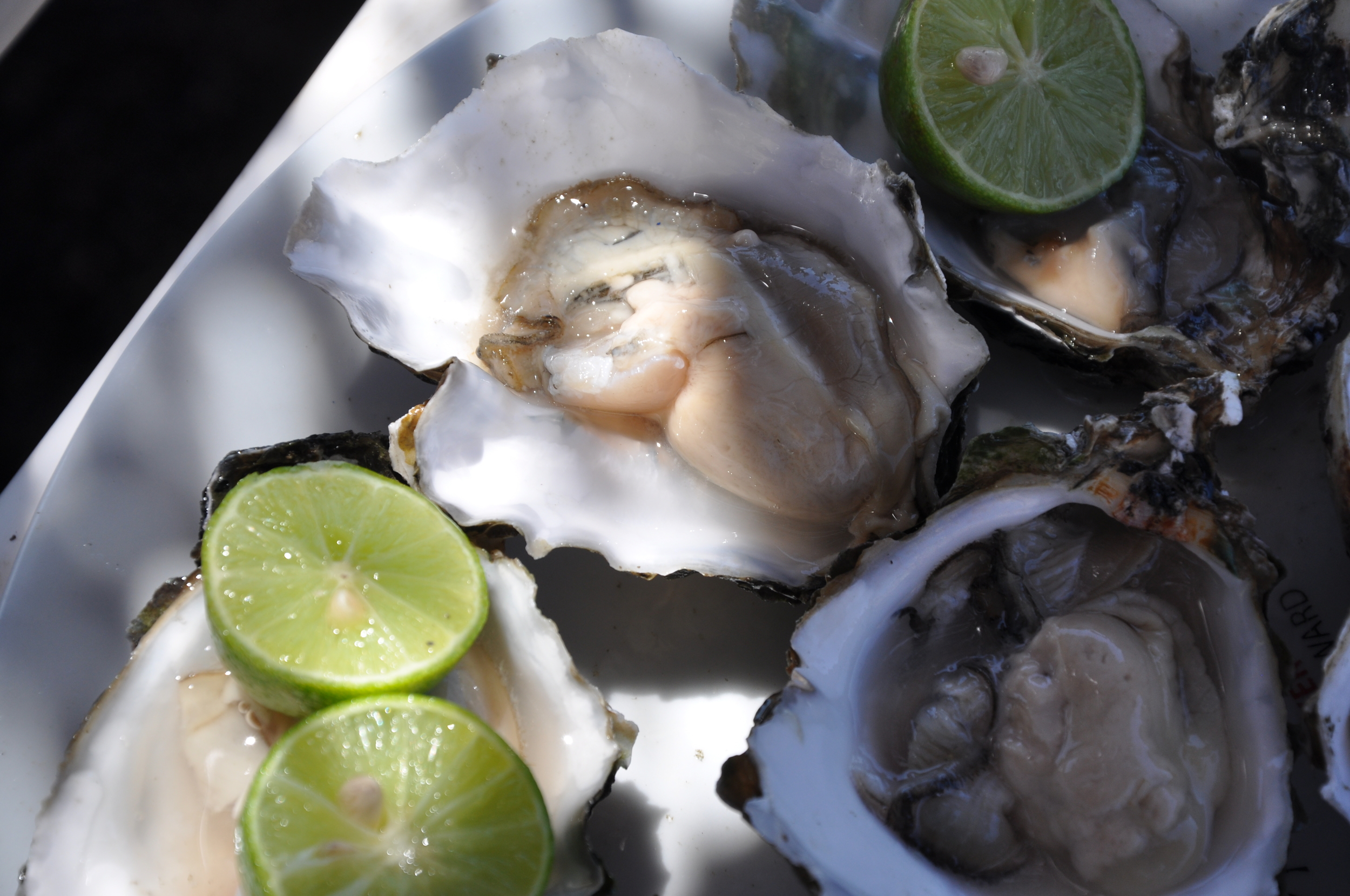
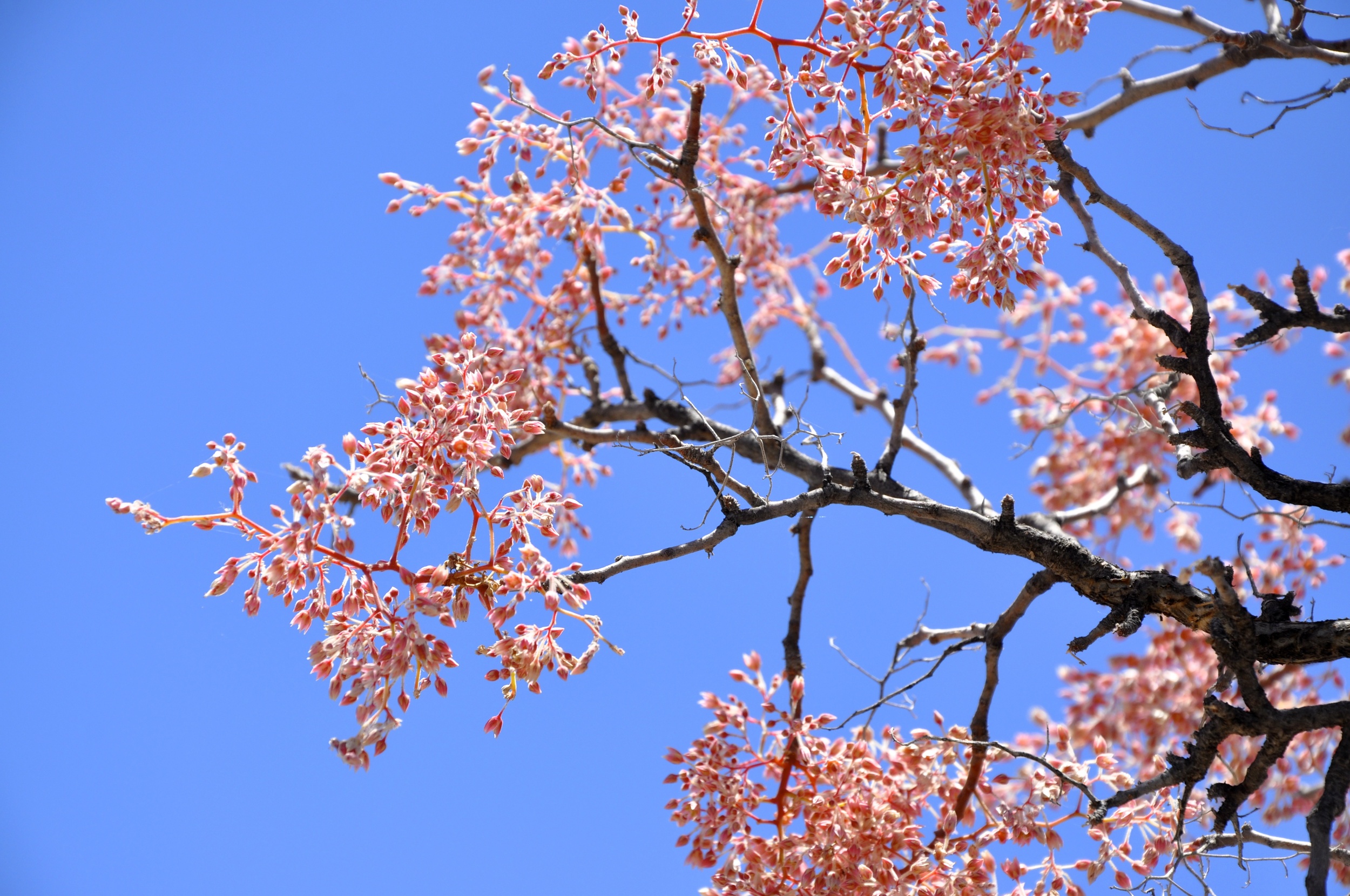
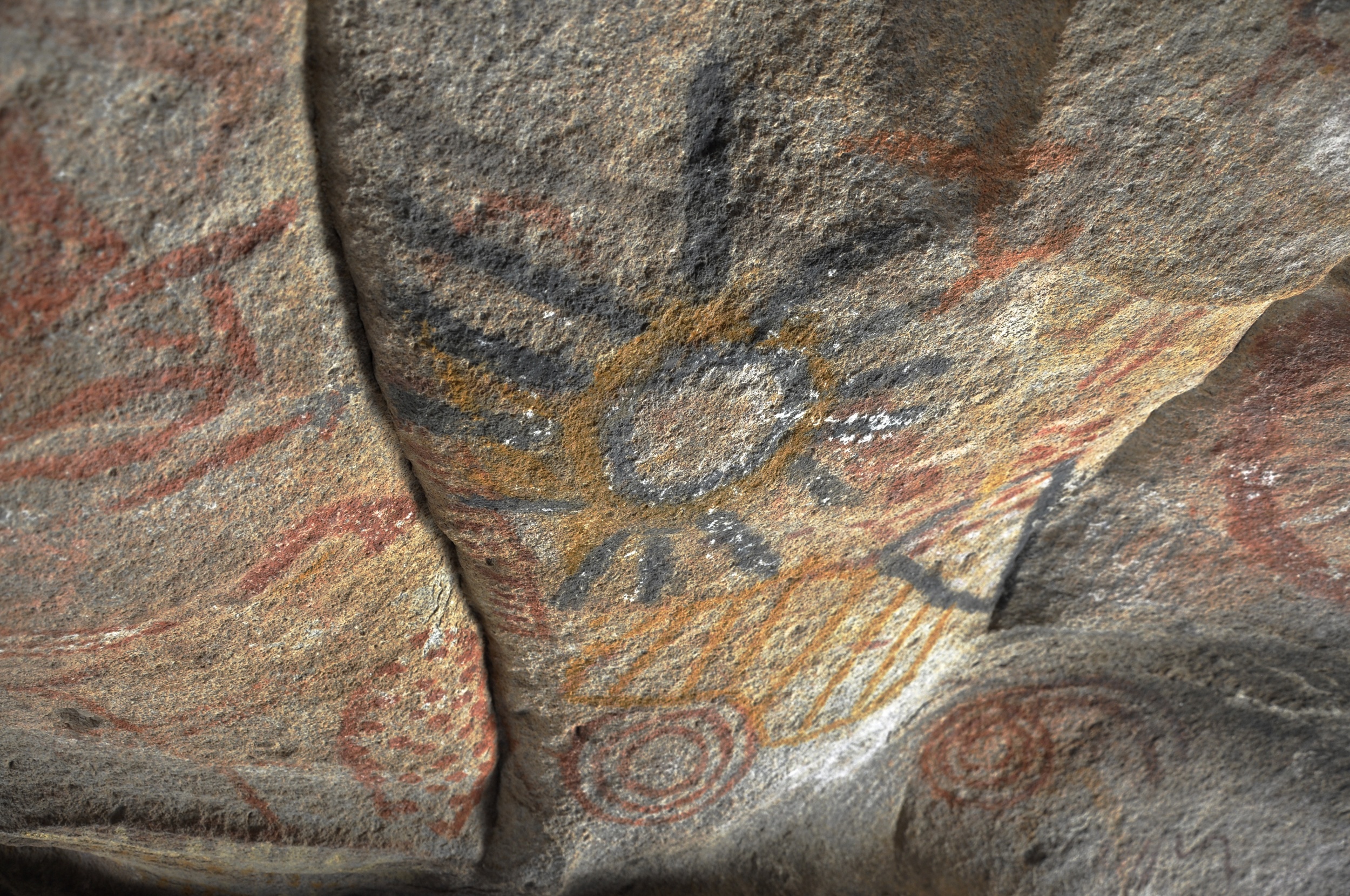



I am fortunate to have some phenomenal people and some fascinating research going on in my lab this summer. My students are at all stages of their academic careers - from Danielle C., who is at the "analysis and writing" stage of her thesis on spatial subsidies at the land-sea interface, to Sergio, a rising high school scholar who will be working with me on figuring out more about Fundulus parvipinnis, and all levels in between - Anai, working with the other (smarter) Dr. Talley, Theresa, looking at current bivalve populations compared to historical datasets; Liz, a brand new NSF GRF who is just scoping out her research this summer; Becky, immersed in juggling data entry and a full time job as she works towards finishing her thesis; Larisa, a University of New Mexico undergrad on a MARC fellowship, studying surface nutrients in relation to island locations and bird use in Bahía de los Angeles; and a couple of University of San Diego Undergrads, Alex, studying the distribution of an invasive clam in Mission Bay, and Polly, who will be working with Smithsonian Environmental Research Center scientists on their fouling community surveys based out of my lab this summer.
So, it promises to be a hectic, amazing summer - more info on all of these projects as we go forward!


This tool is really fascinating. Basically, you pick a field, choose amongst a few timescales, and then you are presented with data on the proportion of women authors on published papers in that field. It offers a hierarchical view (so you can look at "aquatic ecology", or drill down specifically to "salt marshes"), and will give details about placement of authorship as well. Interesting to see how the different field vary; which ones have changed and which ones have not (as much); and where women and up in the list of authors (SPOILER ALERT! They are less often first or last).
wonderful video about Ronald McNair. Trust me, just watch it. StoryCorps Shorts: Eyes on the Stars
Watch StoryCorps Shorts: Eyes on the Stars on PBS. See more from POV.
This study takes a really interesting tactic - comparing women in academia (where there is a huge amount of time involved in obtaining the degree/qualifications) with women in medicine (which requires a similar amount of time). Very interesting to see the differences both across those fields and between Canada and the U.S.
The conclusions the authors make, however, seem a little out of step with the rest of the study.

I have virtually NO talent for creating aesthetically pleasing designs in presentations, posters, clothes, furnishing....well, anything, I guess. But I always thought that there were rigid rules based on sound science that dictated fonts for slides.
Now, based on THIS, I wonder.
Well....maybe. Some of us.
This study found no racial differences in leukocyte telomere length (which is associated with longevity) until they factored in education. Consistent with previous studies, Blacks had longer telomeres than Whites. An examination of the interaction of race and education showed that Blacks with more than a high school education had significantly longer telomeres than any other group (Blacks with less than high school education and Whites with any level of education).
Really fascinating study.
many, many blessings in my life - wonderful wife, smart, funny, thoughtful daughter, great friends, perfect job, and a supportive network of colleagues and family.
SO instead of going on and on - some pictures: